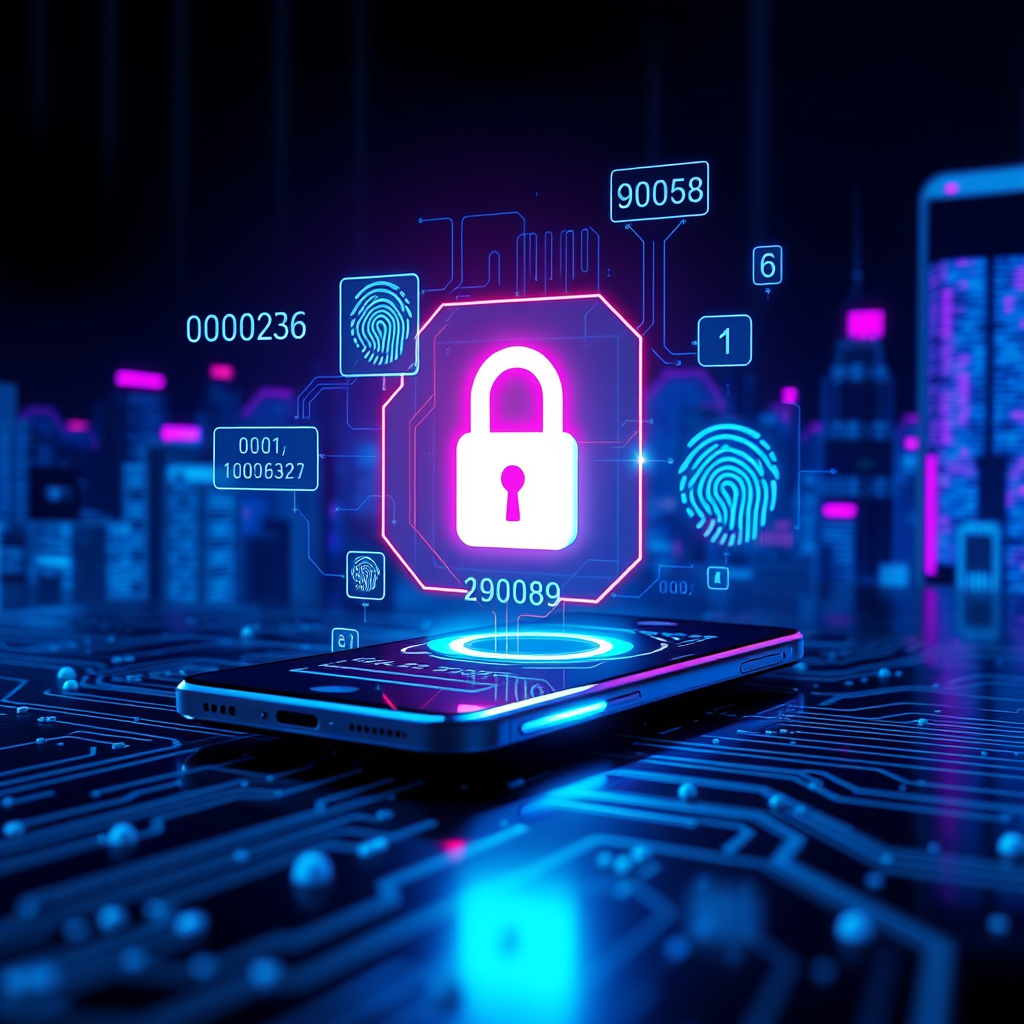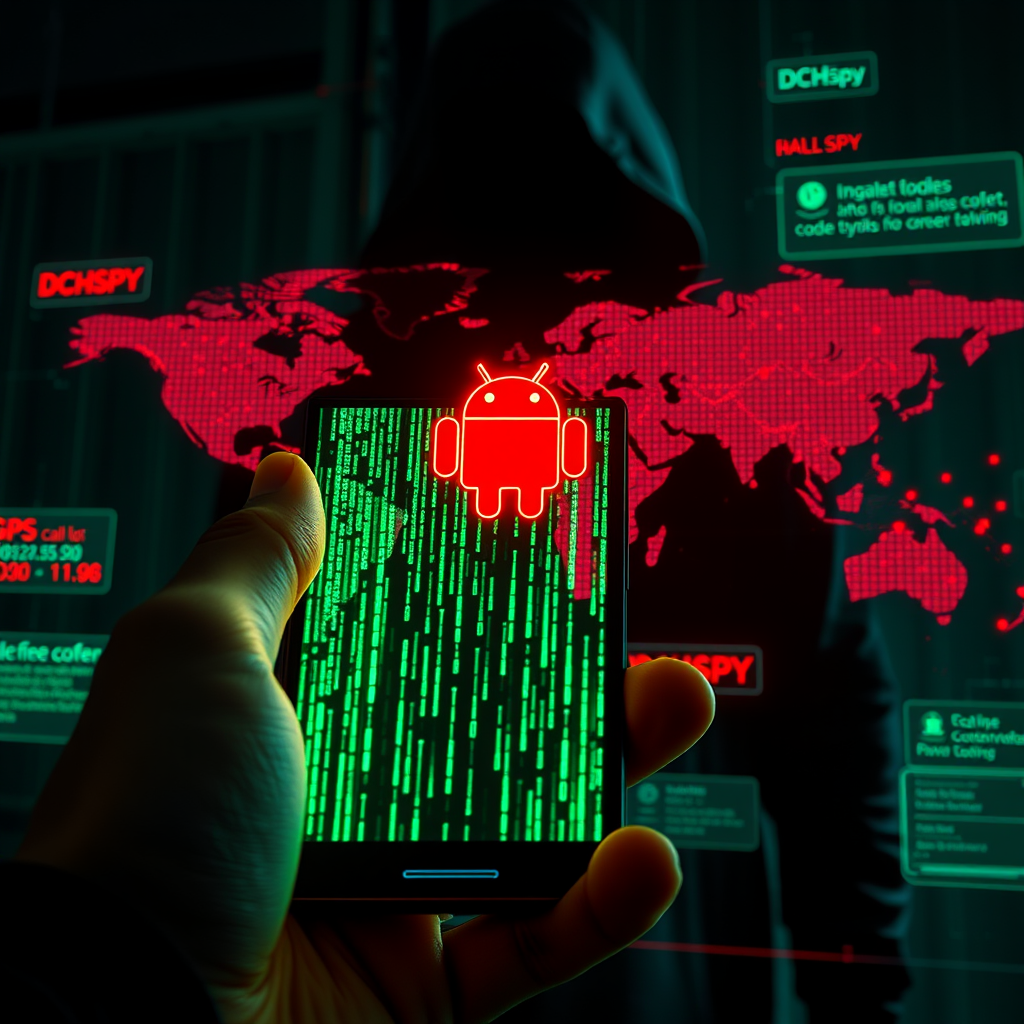In the rapidly evolving world of cybersecurity, 2017 marked a pivotal year for the adoption of Two-Factor Authentication (2FA). Recognized for its simplicity yet formidable effectiveness, 2FA provides an extra layer of security beyond just a password. The growing awareness of cyber threats, especially phishing and credential stuffing, prompted major tech giants like Google, Facebook, and Microsoft to actively promote 2FA among their user bases.
Research indicated that implementing 2FA could block up to 99.9% of automated cyber-attacks, making it an essential tool for individual users and organizations alike. As digital threats grew more sophisticated, so did our defenses. 2FA, often involving a second verification step such as a text message, authentication app, or biometric scan, helps ensure that even if login details are compromised, unauthorized access remains difficult.
The rollout of 2FA on major platforms signaled a shift toward proactive cybersecurity measures. While many users find the extra step slightly inconvenient, the security benefits outweigh the minor hassle. Encouraging adoption of 2FA remains critical as cybercriminals continually refine their methods. The message from the industry is clear: more security layers mean fewer breaches—and that’s a win for everyone.
As we look back at 2017, it’s evident that 2FA has become a staple in online security strategies, and its importance continues to grow. Staying vigilant, enabling 2FA wherever possible, and understanding its role in protecting data are vital steps in today’s digital age.


